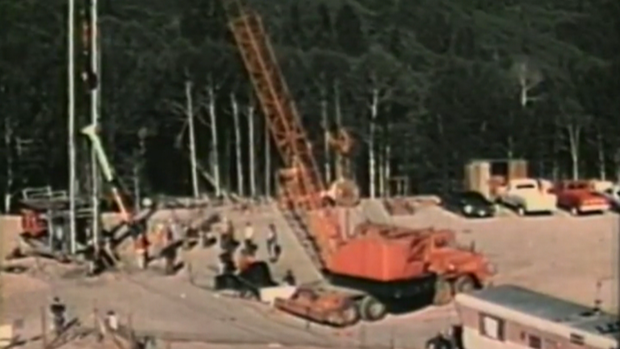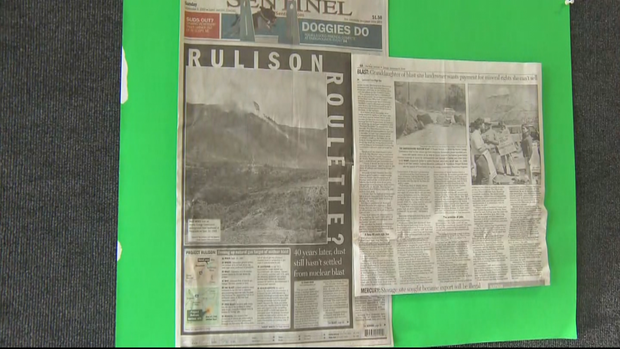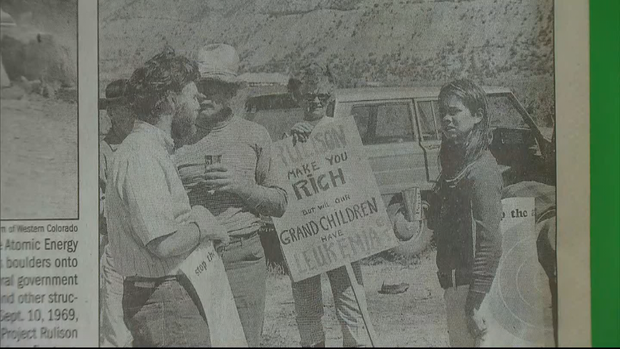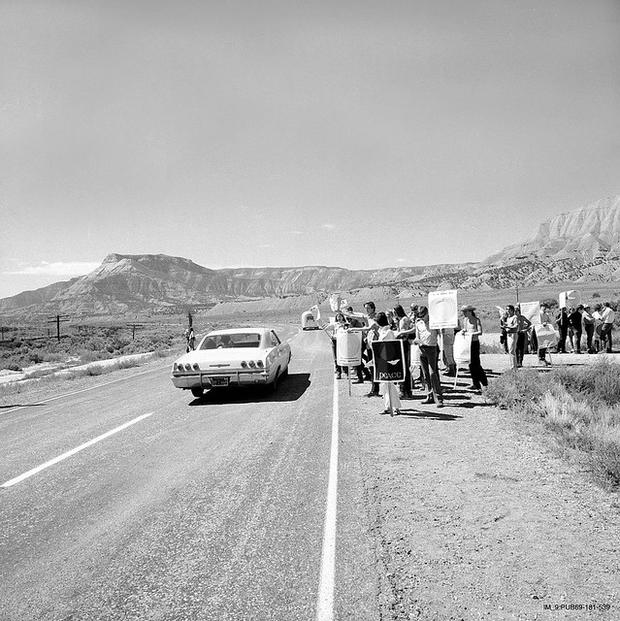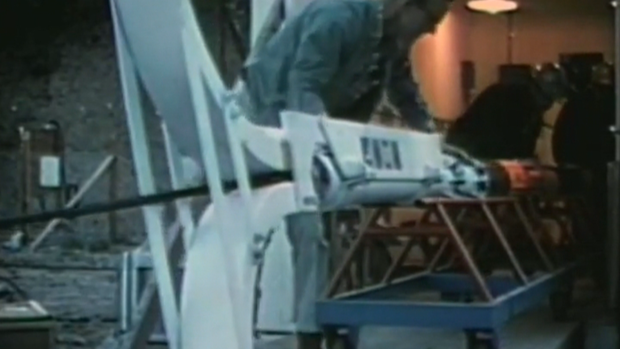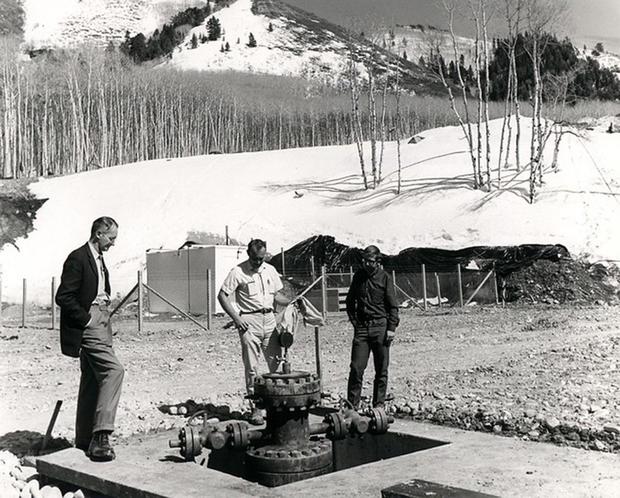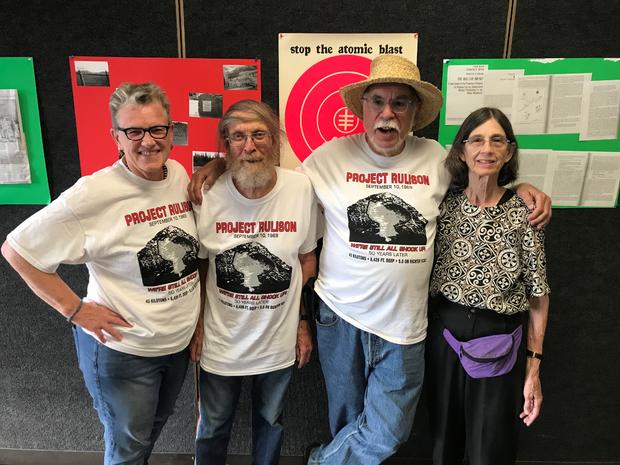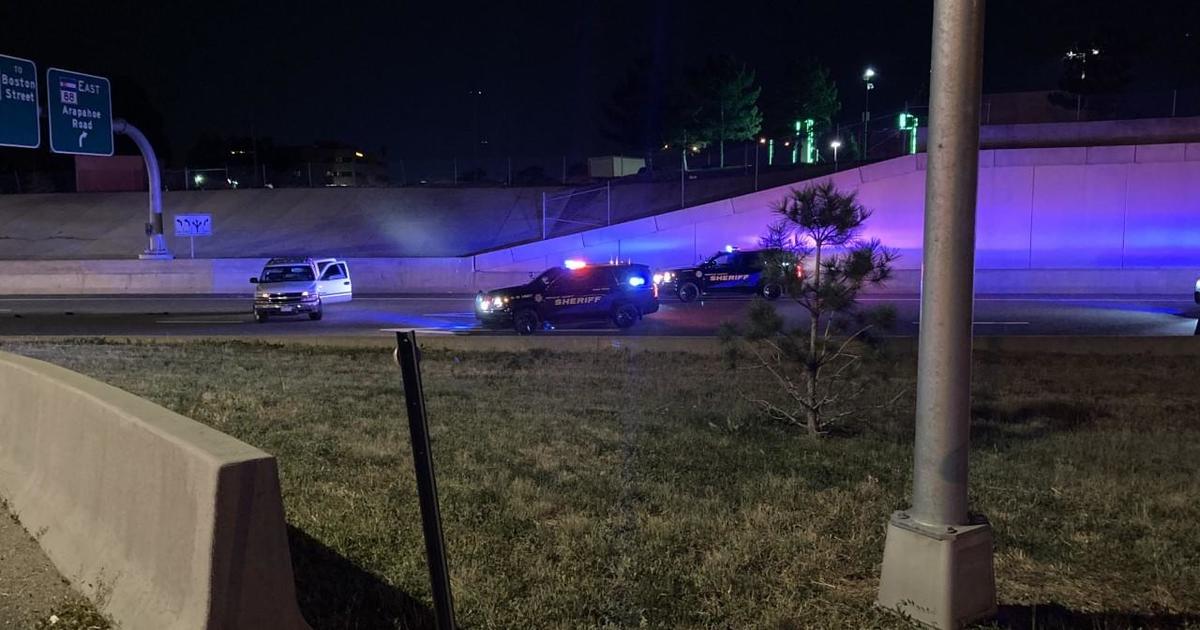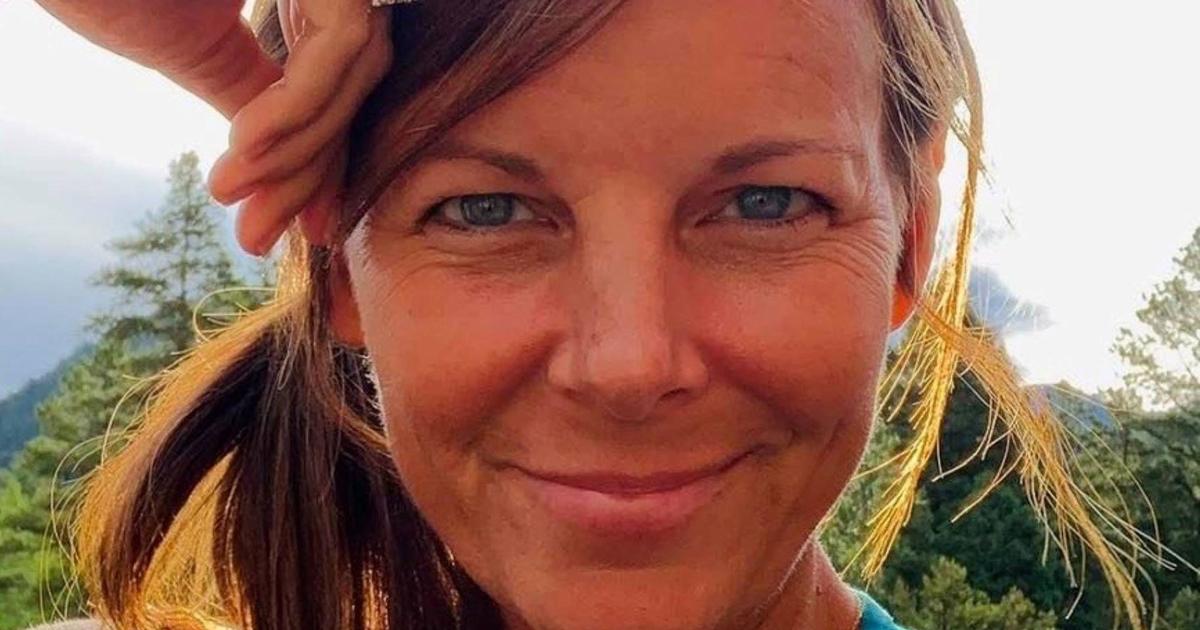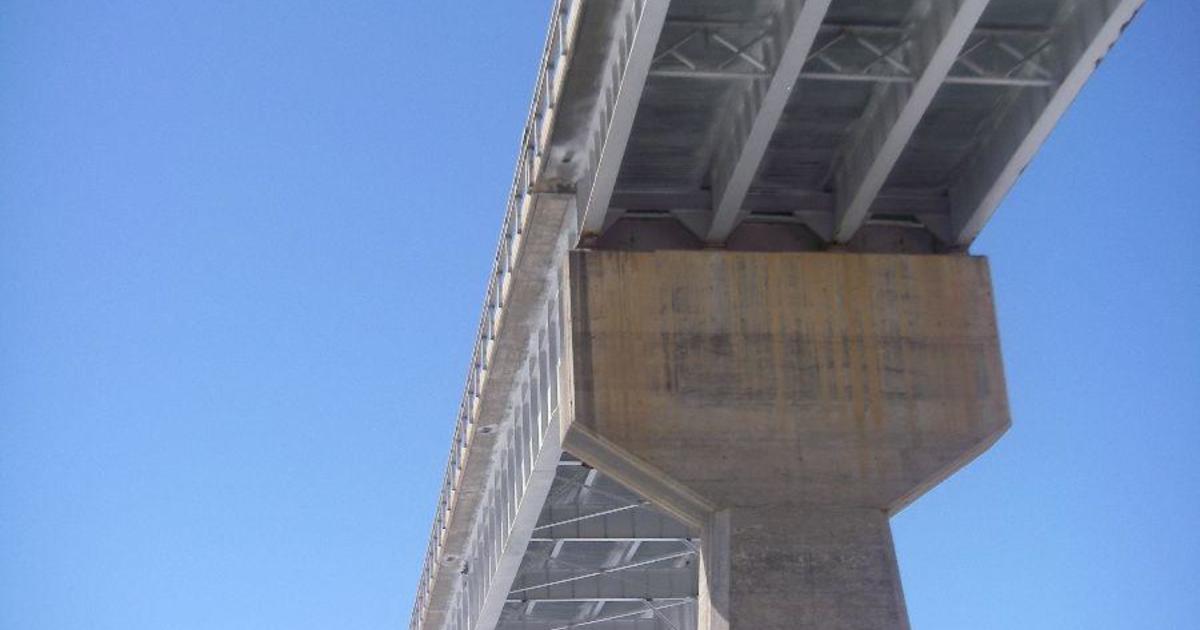'The Ground Went Crazy': Activists Remember Project Rulison 50 Years Later
RULISON, Colo. (CBS4) - Some people might not remember Sept. 10, 1969, but a handful of protesters do. They found themselves on top of a nuclear detonation in Rulison, Colorado, and say they won't ever forget the experience.
Tuesday, four people who disobeyed a five mile circle quarantine zone, which was established around an underground bomb detonation, gathered in a small recreation center conference room near the site. They looked back and remembered the event most people don't even realize happened 50 years ago.
"The ground went crazy. I've never been an earthquake, but it's got to be what it's like," Melinda Fitting, one of the protesters who ended up inside the blast zone, told CBS4 Tuesday.
She joined Chester McQueary and two other protesters from that day to give a presentation to a few dozen Western Slope residents.
Back in the late 1960s the Atomic Energy Commission and natural gas companies wanted to see if detonating the bombs deep underground would release vast pockets of natural gas.
That never panned out.
Project Rulison was all part of the Operation Plowshare project which explored peaceful engineering uses of nuclear explosions.
The test failed. No natural gas was ever extracted from the site due to radiation concerns.
Even today, the site remains under active monitoring by the U.S. Department of Energy Office of Legacy Management.
But the folklore surrounding the group who stood up to the test continues. The protesters, many of them students at University of Colorado Boulder at the time, spent several days inside an area off limits around where the blast would happen. They believed the scientists wouldn't actually detonate the bomb if people were inside the closure area above, they were wrong.
"They were circling over us with helicopters trying to get us to leave, we held our ground and then the earth started shaking," Fitting remembered. "We were terrified and just started running down the hill away from the area."
"I thought this was the stupidest thing I've ever heard to put a nuclear bomb in the ground and blow it," Fitting added.
She still has strong feeling against nuclear testing today.
"Even if it's the three of us we're going to commemorate this way, we've got to say we did this. This was really important, and it wasn't something I talked about in the 50 years," Fitting said.
A couple of years after the test, the government officially scrapped the program, but if it would've continued, Fitting said there were plans to detonate another hundred nuclear bombs underground on the Western Slope near Rifle.
Two similar nuclear underground bombs were detonated around the same time period as part of the testing in northwest Colorado.
